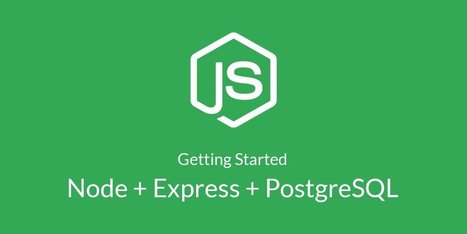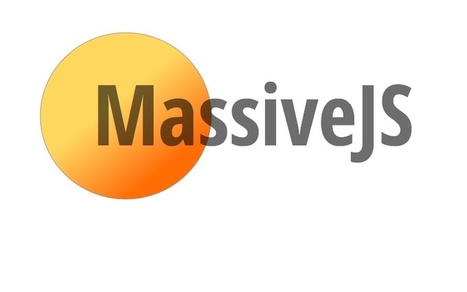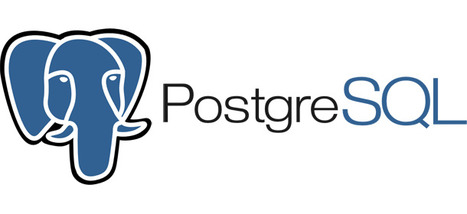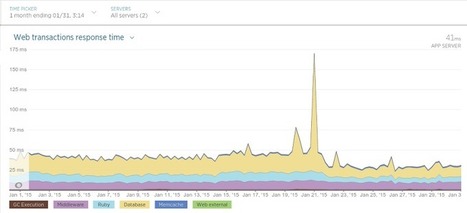We're going to be using PostgreSQL and Sequelize as the ORM of choice to write a minimalistic Todo list application.
By the end of this tutorial, we will have created an API for a todo list application that will enable us to create multiple todos, add list items to those todos, update the list items and delete them. By working through an application in which we implement functionality to add things, update and delete them from a database, this tutorial will serve as an introduction to writing more advanced CRUD applications.




 Your new post is loading...
Your new post is loading...















